1. Geographical location
Vinh Long is a province in the lower Mekong River, located between the Tien River and the Hau River and in the center of the Mekong Delta region, with the following border locations:
The North and Northeast border the provinces of Tien Giang and Ben Tre;
Northwest East borders Dong Thap province;
The Southeast borders Tra Vinh province;
To the southwest, it borders Hau Giang, Soc Trang provinces and Can Tho city.
Geographic coordinates of Vinh Long province are 9 0 52 ' 45 '' to 10 0 19 ' 50 '' North latitude and from 104 0 41 ' 25 '' to 106 0 17 ' 03 '' East longitude.
Vinh Long province has 8 administrative units, including 6 districts (Binh Tan, Long Ho, Mang Thit, Tam Binh, Tra On, Vung Liem); Binh Minh town and Vinh Long city with 109 communes, wards and towns (94 communes, 5 towns and 10 wards).
Total natural area is 152,017.6 ha, ranking 12th out of 13 provinces and cities in the Mekong Delta (larger than Can Tho city). Agricultural land area is 118,918.5 ha, accounting for 78.23%; non-agricultural land is 33,050.5 ha, accounting for 21.74%. In agricultural land, annual crop land is 72,565.4 ha, accounting for 47.73% of the natural area; mainly rice land (71,069.2 ha); perennial crop land is 45,372.4 ha, accounting for 29.85%; aquaculture water surface is 942.2 ha, accounting for 0.62%.
2. Population - labor.
The average population of the whole province in 2013 was 1,040,500 people (male 513,400, female 527,600; urban 173,720, rural 866,780, accounting for 6.8% of the population of the Mekong Delta and 1.4% of the population of the whole country. Population density is 684 people/km 2 ; Vinh Long city has the highest population density with 2,934 people /km 2 ; the lowest is Tra On district with 509 people/km 2. Kinh people account for about 97.3%, other ethnic groups account for 2.7% (Khmer 21,820 people, accounting for nearly 2.1%, Chinese 4,879 people and other ethnic groups 216 people). Kinh people are evenly distributed in all places; Khmer people live concentrated in 48 hamlets, 10 communes and 01 town in 04 districts: Tra On, Tam Binh, Binh Minh town, Vung Liem; Chinese people are concentrated in Vinh Long city and towns.
Labor force aged 15 and over: 630,195 people (male 338,081, female 292,024; urban 87,514, rural 542,940). Labor force aged 15 and over currently working: 613,045 people (urban 89,902, rural 523,143); state 30,983 people (5.05%), non-state 566,020 people (92.33%), foreign-invested sector 16,042 people (2.62%).
3. Terrain.
Vinh Long has a fairly flat terrain with a slope of less than 2 degrees, a fairly low elevation compared to sea level (absolute elevation from 0.6 to 1.2m, accounting for 90% of the natural area), the whole province only has Vinh Long city and Tra On town with an average elevation of about 1.25m. This is a type of estuarine flood plain terrain, the province's sub-terrain is in the shape of a basin in the center of the province and gradually rises in 2 directions along the banks of Tien River, Hau River, Mang Thit River and along large rivers and canals. In general, the terrain of the province spreads along Tien River and Hau River, gradually lowers from North to South, is affected by salt water, floods are not large, can be divided into 3 levels as follows:
- Areas with elevation from 1.0 to 2.0m (accounting for 37.17% of the area) along Hau River, Tien River, Mang Thit River, along large rivers and canals as well as islands in the middle of rivers and mounds of Vung Liem and Tra On districts.
- The area with elevation from 0.4 to 1.0m (accounting for 61.53% of the area) is mainly distributed as high-yield 2-3-crop rice land with quite large potential for gravity irrigation and high productivity, in which the area north of National Highway 1A is affected by floods every August.
- Areas with elevation less than 0.4m (accounting for 1.3% of the area) have low-lying terrain and deep flooding.
With this terrain condition, in the future when global climate change will affect the Mekong Delta region in general and Vinh Long province in particular, climate change with a sea level rise scenario of 1m, through calculations, Vung Liem and Tra On districts will be affected by salinity and about 606 km2 (nearly 40% of the area) of land in the central area of the province will be flooded, affecting agricultural production; aquaculture and fishing activities, affecting infrastructure (road system, construction works, houses, ...); affecting the living environment of people and the ecological environment, biodiversity of the locality.
4. Weather - climate - hydrology
Weather - climate: Vinh Long is located in the tropical monsoon zone, hot and humid all year round, with relatively high temperatures and abundant radiation.
- Temperature: The average temperature of Vinh Long province over the years fluctuates from 27.3 - 28.4 0 C, of which the highest was in 2010. In this year, the average monthly temperature was approximately equal to or higher than the average of many years by 0.4-1.0 0 C. The highest temperature was 36.9 0 C, the lowest was 17.7 0 C and the average temperature range between day and night was 7.30 0 C.
Radiation in the province is relatively high, the average number of sunshine hours per day is 7.5 hours. Annual photosynthetic radiation reaches 79,600 cal/ m2 . Average annual lighting time is 2,550-2,700 hours/year. Abundant temperature and radiation are favorable conditions for plants to grow and develop well.
- Average air humidity is 81-85%, in September, the highest humidity is 90% and the lowest month is 74% (March, April).
- The average number of rainy days per year is 100 - 115 days with an average rainfall of 1,300 - 1,690 mm/year. The rainfall in the dry season is approximately equal to and higher than the average of many years, but the rainfall in the rainy season is approximately equal to and lower than the average of many years. In general, during the rainy months, the monthly rainfall in most places in the province is only 35 - 50% lower than the average of many years.
Over the years, Vinh Long province has not had any extreme climate conditions, although in some places there have been tornadoes, floods, lightning strikes during the rainy season or widespread unseasonal rain, the influence of low pressure in the East Sea causing rain for many days.
Hydrology: Vinh Long province is affected by the irregular semi-diurnal tide regime of the East Sea through two major rivers, Tien River and Hau River, along with Mang Thit River and a system of canals. Specifically:
- Co Chien River is a branch of Tien River, 90km long, the section passing through Vinh Long has an average cross-section width of 1,700m, depth of 7 - 10m, flow rate ranging from 1,814 - 19,540m3 /s.
- Hau River is the second largest branch of Mekong River flowing through Vietnam with a length of about 75km, average flow ranging from 1,154 - 12,434m3 /s.
- Mang Thit River connects Tien River and Hau River, the river mouth on Tien River side is larger than Hau River side. Due to the impact of high tides from Co Chien River and Hau River, Mang Thit River flows in two directions, in particular when the high tide rises, water flows in from Quoi An and Tra On River mouths; when the high tide falls, water flows out from the two mouths above, the area bordering the two-way water is Ba Ke mouth (Tha Hanh intersection) 17km from Hau River. Mang Thit River is not affected by salinity so it has fresh water all year round, favorable for agricultural and industrial production and daily life of local people. However, due to the low elevation of the land in the area north of Mang Thit River, drainage will be more difficult.
The water level and tidal amplitude on the rivers are quite high, the tidal intensity is strong, in the flood season the tidal amplitude is about 70 - 90cm and in the dry season, the tidal amplitude fluctuates from 114 - 140cm, combined with the system of intra-field canals, so it has good self-flowing irrigation capacity, helping crops grow and develop.
The weather and climate are quite favorable for agriculture in the direction of multi-cropping, intensive farming and suitable for the development of natural biodiversity. However, due to the rainfall only concentrated in 6 months of the rainy season, together with flood water from the upstream area of the Mekong River, some areas are locally flooded, affecting agricultural production, people's lives and the ecological environment of the area.
Provincial Information Portal



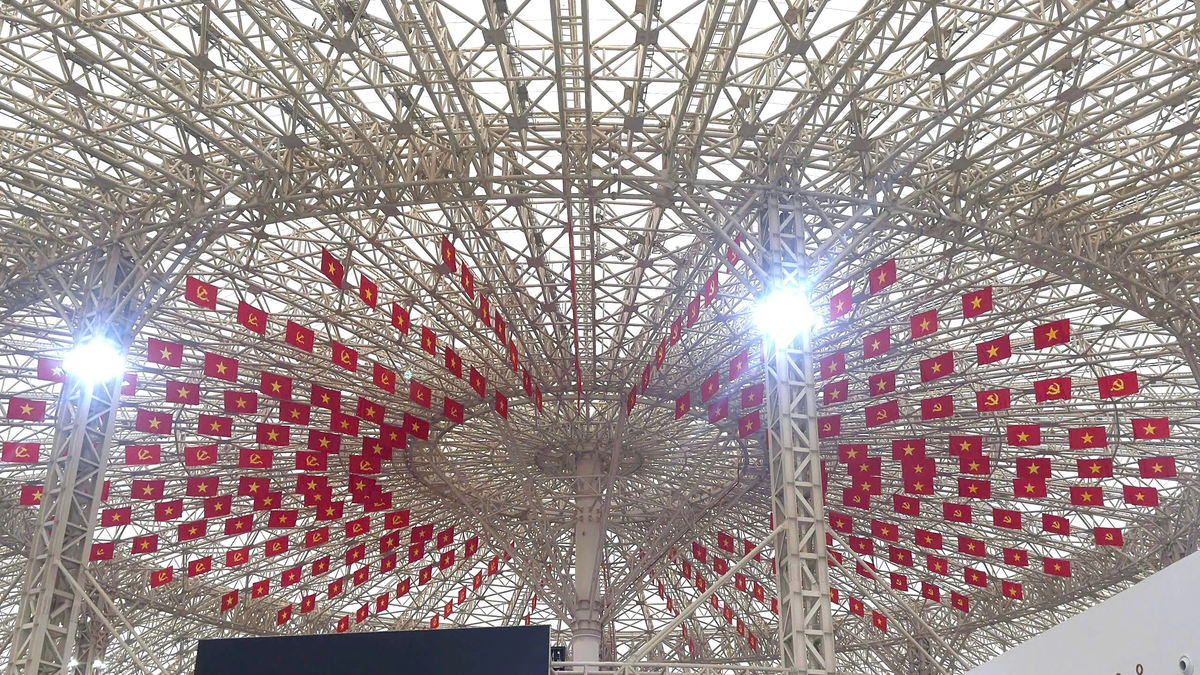


![[Photo] President Luong Cuong receives delegation of the Youth Committee of the Liberal Democratic Party of Japan](https://vphoto.vietnam.vn/thumb/1200x675/vietnam/resource/IMAGE/2025/8/22/2632d7f5cf4f4a8e90ce5f5e1989194a)
![[Photo] Prime Minister Pham Minh Chinh chairs the conference to review the 2024-2025 school year and deploy tasks for the 2025-2026 school year.](https://vphoto.vietnam.vn/thumb/1200x675/vietnam/resource/IMAGE/2025/8/22/2ca5ed79ce6a46a1ac7706a42cefafae)
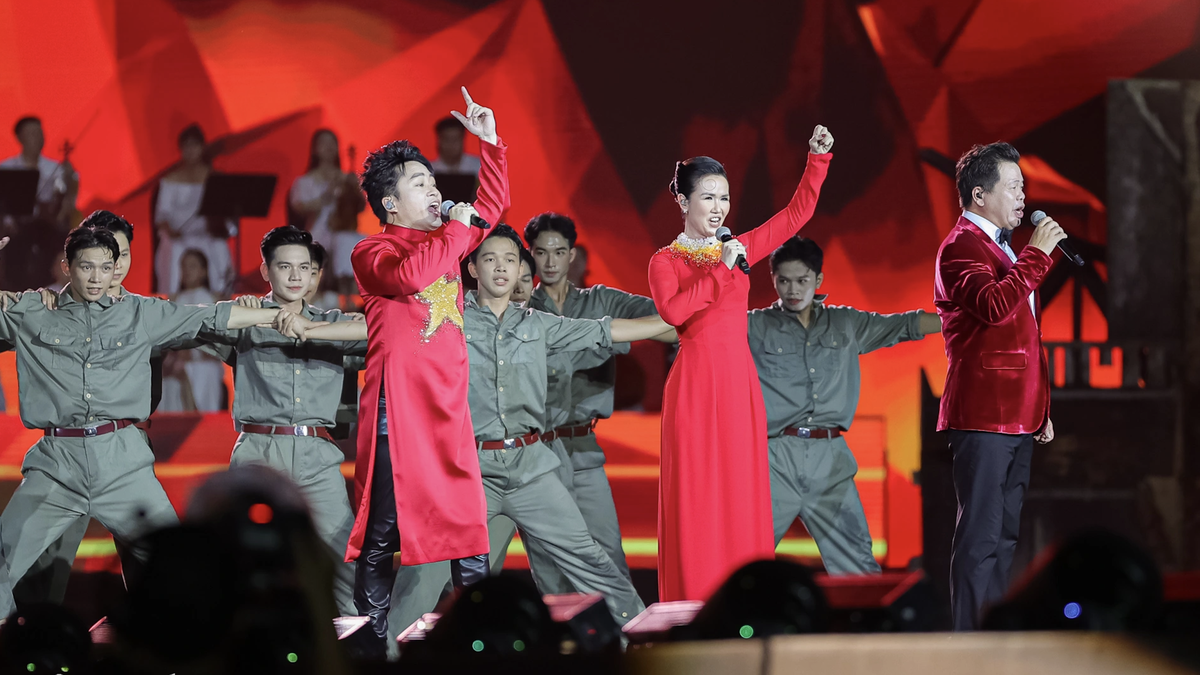
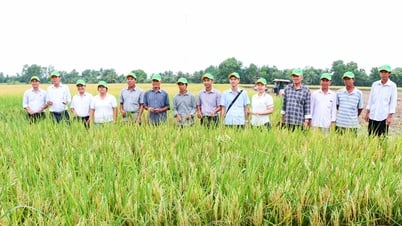


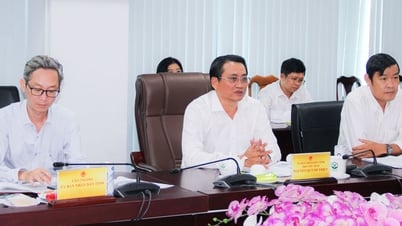

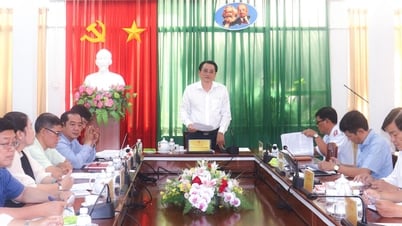




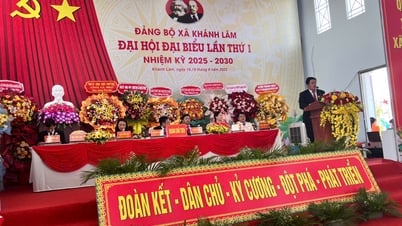

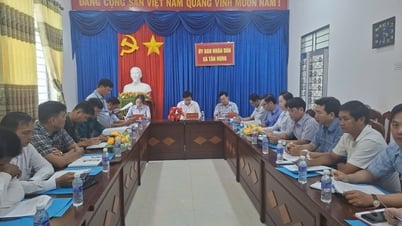
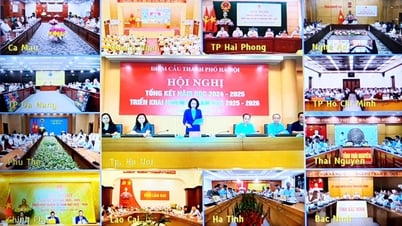
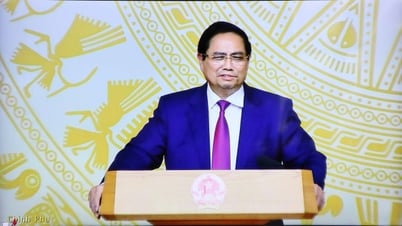
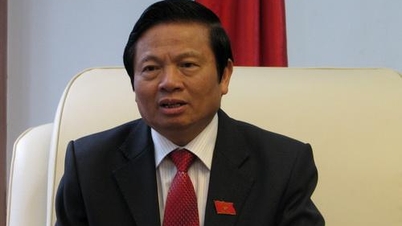
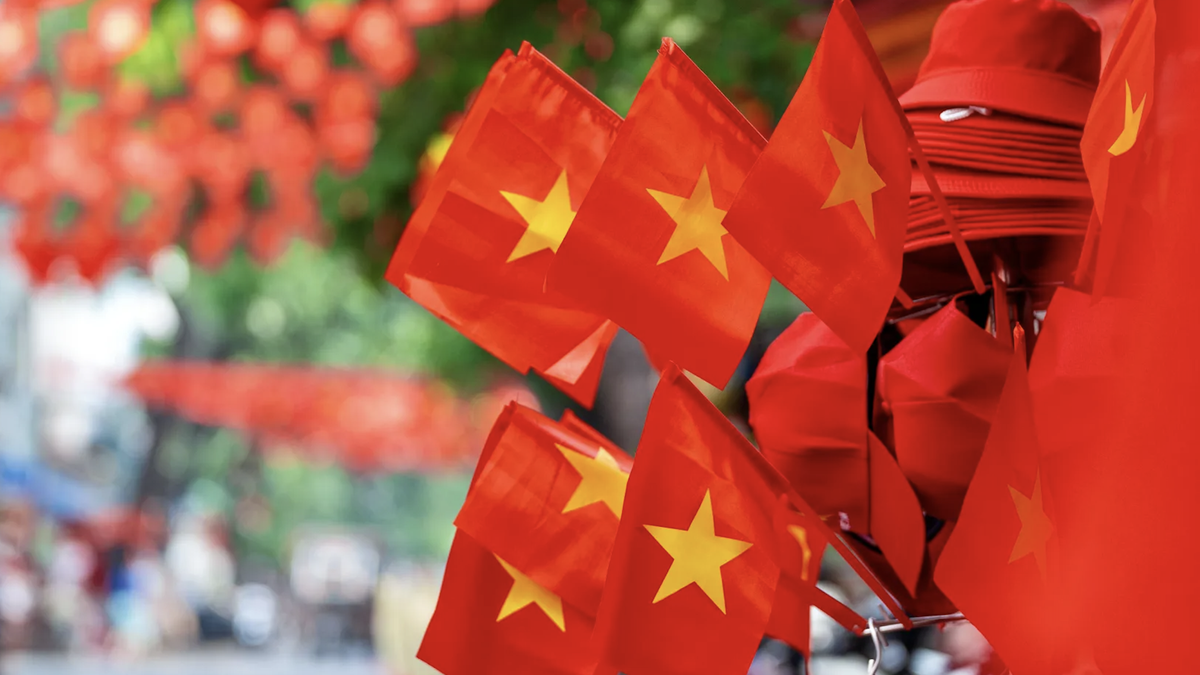
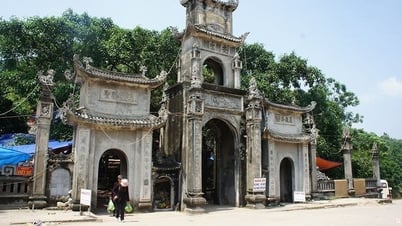

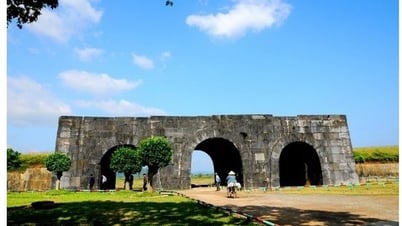

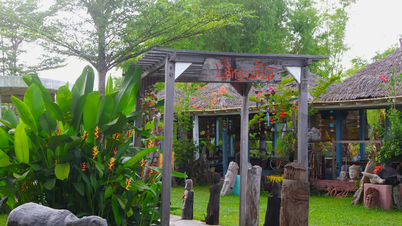


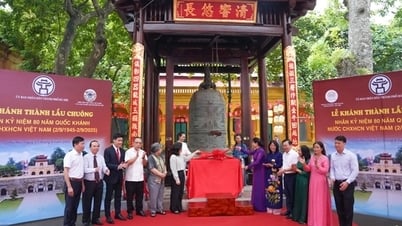

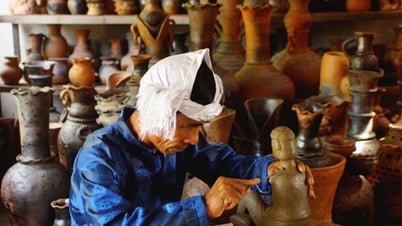

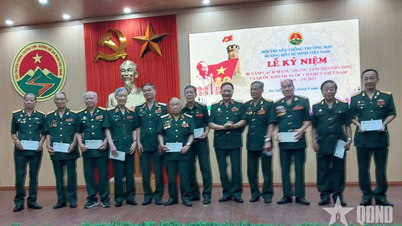





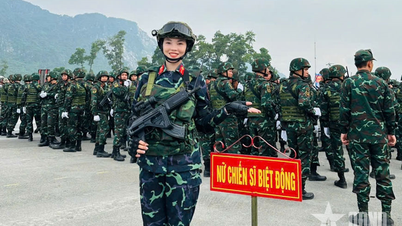








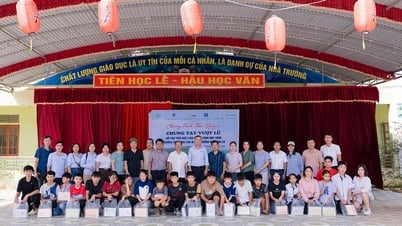



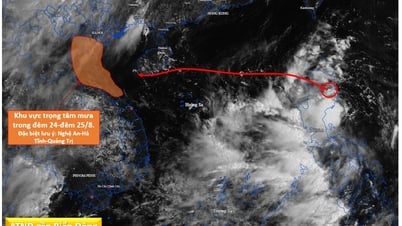


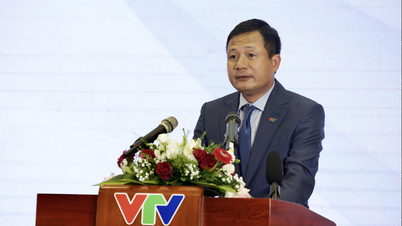

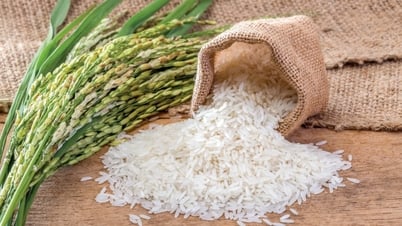


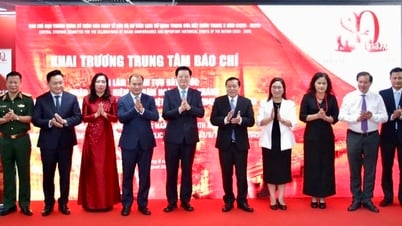










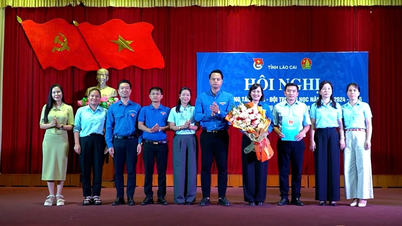
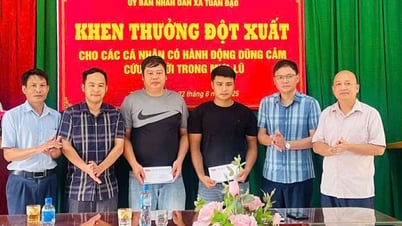

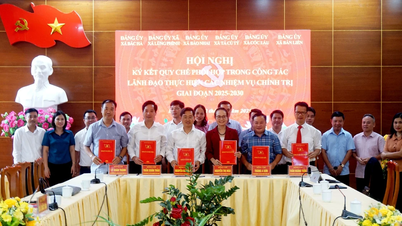



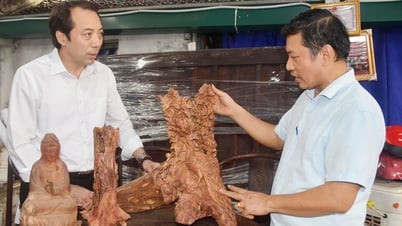
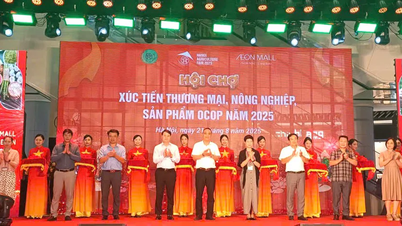
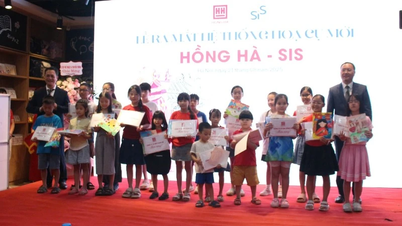

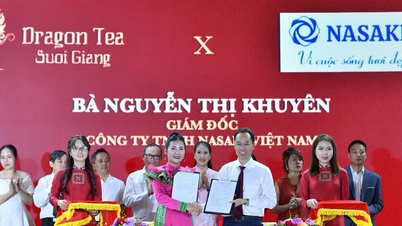

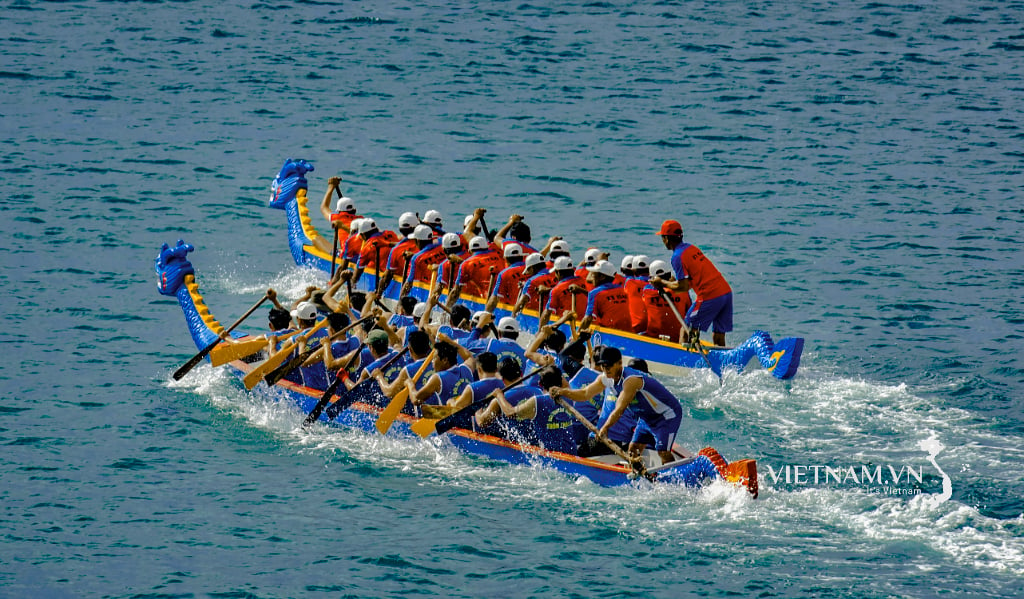
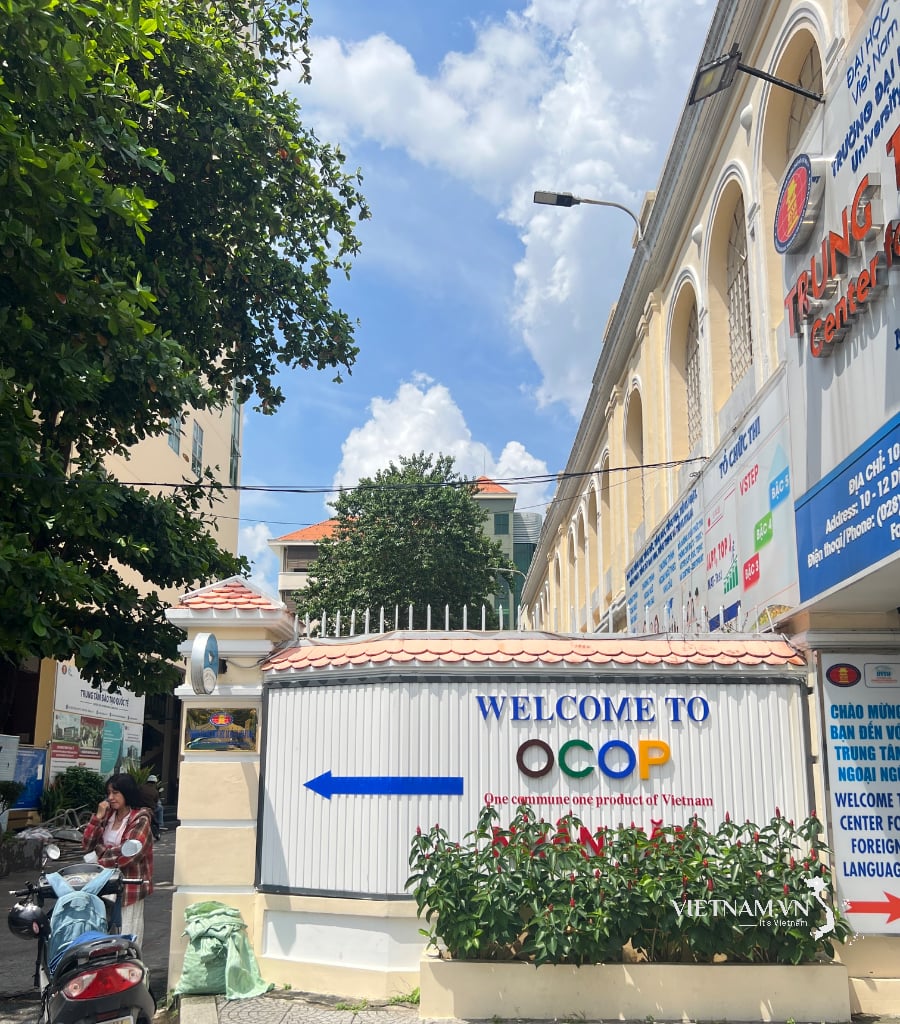

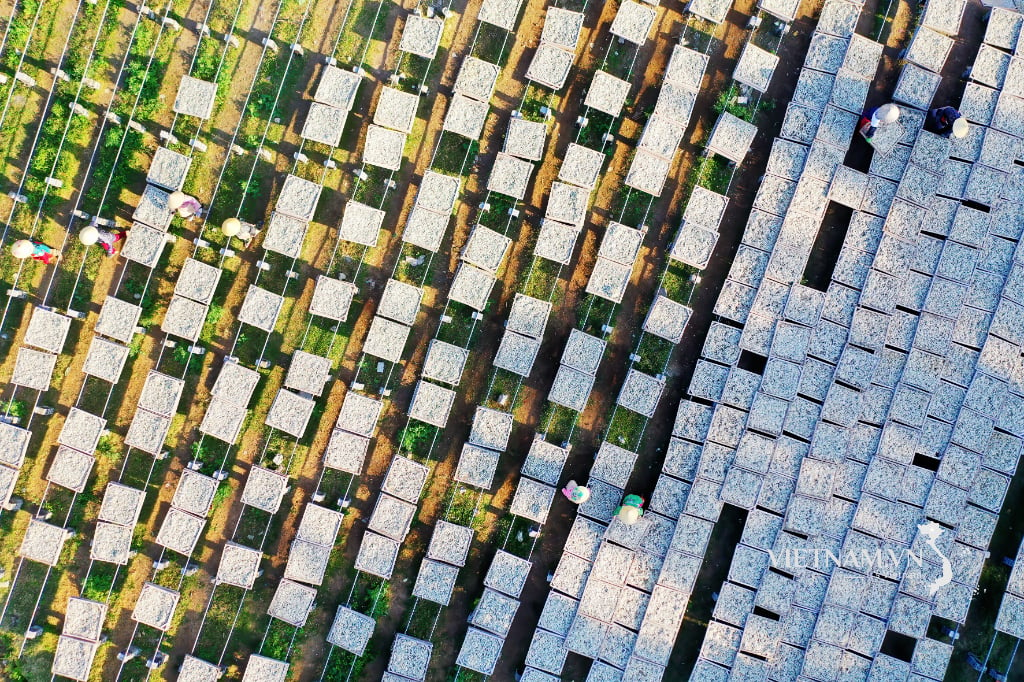
Comment (0)